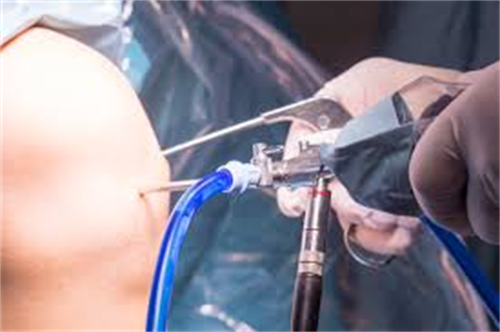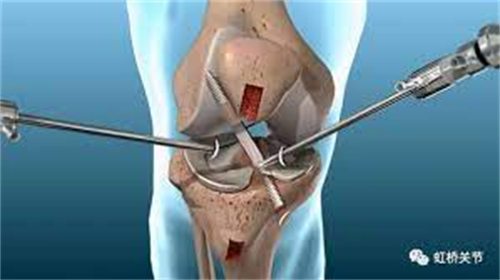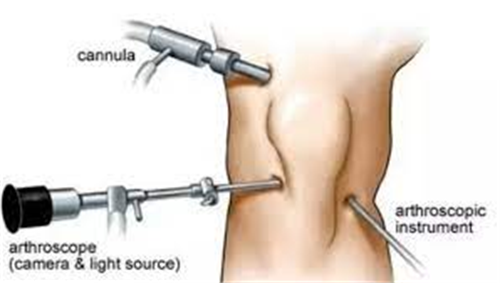Arthroscopic surgery is a minimally invasive procedure performed on the joint. An endoscope is inserted into the joint through a small incision, and the orthopedic surgeon performs inspection and treatment based on the video images returned by the endoscope.
The advantage of arthroscopic surgery over traditional open surgery is that it does not have to fully open the joint. For example, knee arthroscopy requires only two small incisions, one for the arthroscope and the other for the surgical instruments used in the knee cavity. Because arthroscopic surgery is less invasive, faster recovery, less scarring, and smaller incisions, this method has been widely used in clinical practice. During arthroscopic surgery, lavage fluid such as normal saline is usually used to dilate the joint to form the surgical space.


With the continuous development and advancement of joint surgical techniques and tools, more and more joint problems can be diagnosed and treated by arthroscopic surgery. The joint problems that arthroscopic surgery is most commonly used to diagnose and treat include: articular cartilage injuries, such as meniscus injuries; ligament and tendon tears, such as rotator cuff tears; and arthritis. Among them, the inspection and treatment of meniscus injuries are usually performed using arthroscopy.
Before arthroscopic surgery
Orthopedic surgeons will ask some joint-related questions during consultation with patients, and then conduct further corresponding examinations according to the situation, such as X-ray examinations, MRI examinations, and CT scans, etc., to determine the cause of joint problems. If these traditional medical imaging methods are inconclusive, then the orthopaedic surgeon will recommend that the patient undergo an arthroscopy.
During arthroscopic surgery
Because arthroscopic surgery is relatively simple, most arthroscopic surgeries are usually done in outpatient clinics. Patients who have had arthroscopic surgery can go home a few hours after surgery. Although arthroscopic surgery is simpler than standard surgery, it still requires an operating room and preoperative anesthesia.
The length of time the surgery takes depends on the joint problem your doctor finds and the type of treatment you need. First, the doctor needs to make a small incision in the joint for the arthroscopic insertion. Then, sterile fluid is used to flush the joint so that the doctor can clearly see the details in the joint. The doctor inserts the arthroscope and The information is regulated; if treatment is needed, the doctor will make another small incision to insert surgical instruments, such as scissors, electric curettes, and lasers, etc.; finally, the wound is sutured and bandaged.

After arthroscopic surgery
For arthroscopic surgery, most surgical patients do not experience postoperative complications. But as long as it is surgery, there are some risks. Fortunately, complications of arthroscopic surgery, such as infection, blood clots, severe swelling or bleeding, are mostly mild and curable. The doctor will predict the possible complications based on the patient's condition before the operation, and will prepare the treatment to deal with the complications.
Sichuan CAH
contact
Yoyo: Whatsapp/Wechat: +86 15682071283

Post time: Nov-14-2022










